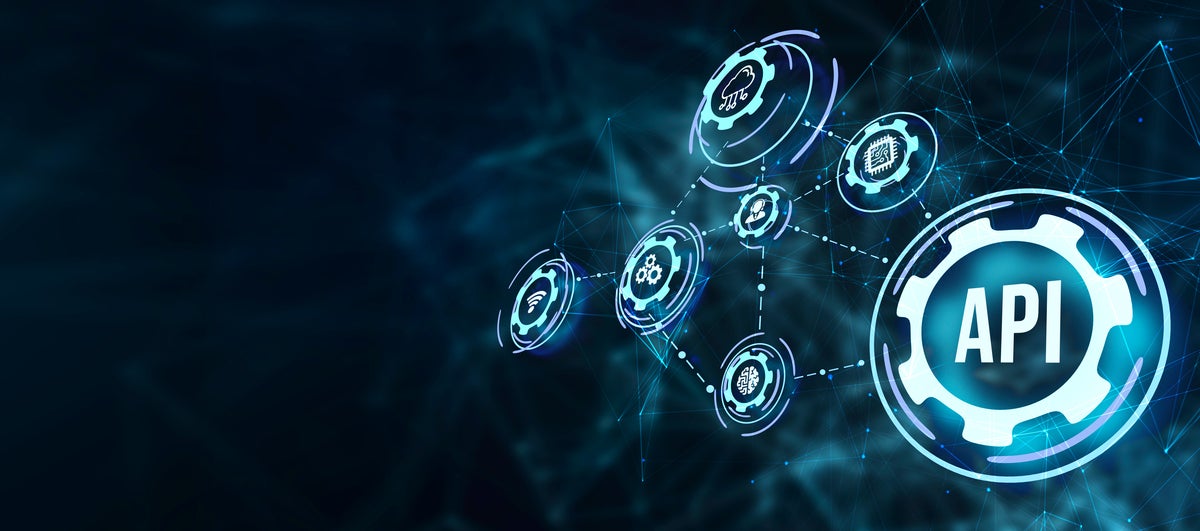The five new foundational qualities of effective leadership

Today’s leaders have to be able to establish a compelling destination and then
navigate through the fog with a compass. “You have to be ready to make a
decision today, realizing that you may get new data tomorrow that means you have
to reverse the decision you just made,” a veteran CEO of a Fortune 25 company
told us. “You have to have the courage to follow that new information. The job’s
always been ambiguous. But the environment has never been this fluid.” Boards
and CEOs expect succession candidates to be adept at providing direction and key
performance indicators that will signal whether course adjustments are
necessary. “We’re living in an age with many more discontinuities than we had a
generation or two ago,” said Mark Thompson, former CEO of the New York Times
Company and now board chairman of Ancestry. “It’s not about trying to find the
perfect strategies. It’s more about helping organizations to be more open,
flexible, and adaptable to change.” This shift demands a more dynamic,
individual leadership approach, as well as a reimagining of basic organizational
processes.
5 best practices to ensure the security of third-party APIs

Maintaining an API inventory that automatically updates as code changes is an
instrumental first step for an API security program, says Jacob Garrison, a
security researcher at Bionic. This is an instrumental first step for an API
security program; it should distinguish between first-party and third-party
APIs. And it encourages continuous monitoring for shadow IT — APIs brought on
board without notifying the security team. “To ensure your inventory is robust
and actionable, you should track which APIs transmit business-critical
information, such as personally identifiable information and payment card data,”
he says. An API inventory is complementary to third-party risk management,
according to Garrison. When developers utilize third-party APIs, it’s worthwhile
to consider risk assessments of the vendors themselves. ... Frank Catucci, chief
technology and head of security research for Invicti Security, agrees that
including an inventory of third-party APIs is critical. "You need to have
third-party APIs be part of your overall API inventory and you have to look at
them as assets that you own, that you are responsible for," he says
Generative AI’s change management challenge

“The hardest part of AI acceptance is creating a space where employees can still
add value and not feel they are competing with AI to create value,” Bellefonds
added. “A lot of the work we do when it comes to change management and coaching
is to help employees work with AI and at the same time, change the way they add
value, so that a part of their job is taken by AI but their part refocuses on
higher value-adding tasks.” Exactly how those processes are rewired and the
working methods changed will vary from one enterprise to another, he said. There
are other ways in which employees’ concerns about AI is unevenly distributed,
too. Leaders are more likely to be optimistic, and frontline workers concerned,
BCG found. And while 68% of leaders believe their companies have implemented
adequate measures to ensure responsible use of AI, only 29% of their frontline
employees feel that way. Despite BCG’s findings of optimism in the workforce,
there’s a darker side. Over one-third of respondents think their job is likely
to be eliminated by AI, and almost four-fifths want governments to step in and
deliver AI-specific regulations to ensure it’s used responsibly.
As Machines Take Over — What Will It Mean to Be Human?
Biocomputing is a field of study that uses biologically-based molecules, such as
DNA or proteins, to perform computational tasks. Imitating the genius of nature
can completely shift the paradigm of understanding when it comes to the
computation and storage of data. The field has shown promise in cryptography and
drug discovery. However, biocomputers are still limited compared to non-bio
computers since they aren't good at cooling themselves and doing more than two
things simultaneously. Advancements in AI, however, have been booming. Since
2012, interest in AI, especially in machine learning, has been renewed, leading
to a dramatic increase in funding and investment. Machine learning models ingest
large amounts of data and infer patterns. More recently, generative AI has
become extremely popular with the release of large AI models such as MidJourney,
ChatGPT and Stable Diffusion. Generative AI is a class of AI algorithms that
generate new data or content extremely similar to existing data, nearly
identical to human-made data.
What is SDN and where is is going?

There are three main components to a software-defined network: controller,
applications, and devices. The controller has taken over the role of the control
plane on each individual network device. It populates the tables that the data
planes on those devices use to do their work. There are various communication
protocols that can be used for this purpose, including OpenFlow, though some
vendors use proprietary protocols. Communication between the controller and
devices is referred to as southbound APIs. The software controller is, in turn,
managed by applications, which can fulfill any number of network administration
roles, including load balancers, software-defined security services,
orchestration applications, or analytics applications that keep tabs on what's
going on in the network. These applications communicate with the controller
(northbound APIs) through well-documented REST APIs that allow applications from
different vendors to communicate with ease.
Using Trauma-Informed Approaches in Agile Environments
Software is, by definition, very abstract. For this reason, we naturally tend to
be in our heads and thoughts most of the time while at work. However, a more
trauma-informed approach requires us to pay more attention to our physical state
and not just to our brain and cognition. Our body and its sensations are giving
us many signs, vital not just to our well-being but also to our productivity and
ability to cognitively understand each other and adapt to changes.
Paradoxically, in the end, paying more attention to our physical and emotional
state gives us more cognitive resources to do our work. Noticing our bodily
sensations at the moment, like breath or muscle tension in a particular area,
can be a first step to getting out of a traumatic pattern. And a generally
higher level of body awareness can help us fall less into such patterns in the
first place. Simplified - our body awareness anchors us in the here and now,
making it easier for us to recognize past patterns as inadequate for the current
situation.
How Pyramid Thinking Can Revolutionize Your Data Strategy

Before devising a corporate data strategy, the main things you need to know are
the strategy and objectives of your organization as a whole. Data can be a truly
transformative tool, but even the sharpest knife needs to be used accurately to
get the best results -- which is why you need to know the end goal before you
can understand how data can help you achieve it. This end goal forms the very
peak of the pyramid and it is by looking downwards from it that you can
understand the role that data can play. For organizations struggling to pinpoint
that goal (as oftentimes happens when the business strategy isn’t well-defined
and documented), it is worth considering key business problems and the
consequent opportunities for improvement. ... Identifying business goals gives
you the basis upon which to build your data strategy, and with that you can
begin to be more specific about the change you are looking to make. An
actionable and measurable formula helps you shape those changes with clarity,
such as “we want to do x by measuring/tracking/analyzing y in order to do z.”
Network spending priorities for second-half 2023

Security is the area where most users expect to spend more, but at the same
time an area where they believe their spending is most likely to be
sub-optimal. Three-quarters of buyers think they already spend too much on
security because they’ve layered things on without considering the whole
picture. You hear terms like “holistic approach” or “rethinking” a lot in
their comments, but at the same time, less than an eighth of the users expect
to redo their security strategies in any way. ... The reasons for the
seemingly mindless AI enthusiasm is a simple reversal of an old saying: “Where
there’s hope, there’s life.” AI could (theoretically) reduce operator errors.
It could (hopefully) improve network capacity planning. It could (presumably)
help secure applications and data and spot malefactors. All these things are
recurring problems that seem to defy solution, and AI offers a hope that a
solution might be near at hand. What’s not to love, provisionally of
course.
Biodiversity Means Business

Technology can play a key role in navigating biodiversity issues. Predictive
analytics, machine learning, digital twins, blockchain and the Internet of
Things can deliver insight, visibility and measurability into sourcing, supply
chains and environmental impacts. However, Katic emphasizes that these tools
must be used to drive real change. “They must support a paradigm shift to new,
sustainable models of development, rather than entrenching business as usual.
They must deliver enhanced transparency and accountability,” she says.
Ultimately, companies must imbed biodiversity deep into their business
strategies and daily operations, Katic says. This includes the use of science
based methods that revolve around the UN’s Sustainable Development Goals and
its Global Biodiversity Framework. It can also incorporate tools such as the
S&P’s scoring system, part of its UN-linked GlobalSustainable1 initiative,
which provides dependency scores, ecosystem footprint insights, and other
biodiversity data that can guide decision-making. In addition, the SBTN
framework can serve as a valuable resource. More than 200 organizations helped
shape the initial set of methods, tools, and guidance.
5 roadblocks to Rust adoption in embedded systems
Rust is not a trivial language to learn. While it does share common ideas and
concepts with many of the languages that came before it, including C, the
learning curve is steeper. When a company looks to adopt a new language, they
hire engineers who already know the technology or are forced to train their
team. Teams interested in using Rust for embedded will find themselves in a
small, niche community. Within this community, not many qualified embedded
software engineers know Rust. That means paying a premium for the few
developers who know Rust or investing in training the existing internal team.
Training a team to use Rust isn’t a bad idea. Every company and developer
should be investing in themselves constantly. Our field changes so rapidly
that you’ll quickly get left behind if you don’t. However, switching from one
programming language to another must provide a return on investment for the
company. Especially when switching to an immature language like Rust.
Quote for the day:
"Don't focus so much on who is
following you, that you forget to lead." -- E'yen A. Gardner
No comments:
Post a Comment